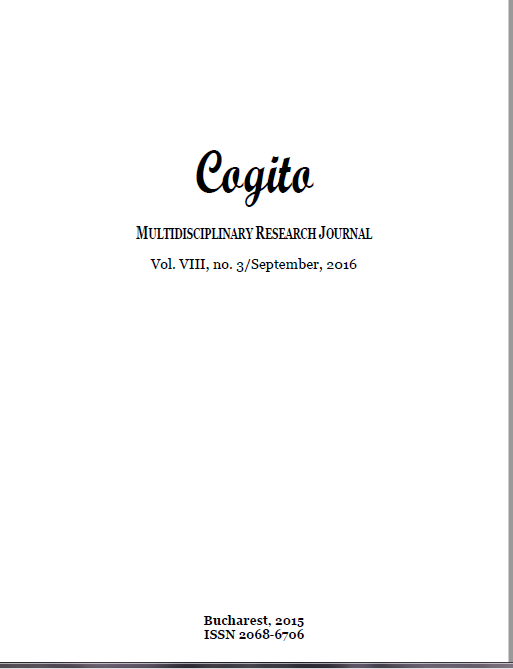PARTICULARITIES OF INDO-EUROPEAN LANGUAGES RESULTED FROM THE ANALYSIS OF THE WORD-PROBE ‘FATHER’
PARTICULARITIES OF INDO-EUROPEAN LANGUAGES RESULTED FROM THE ANALYSIS OF THE WORD-PROBE ‘FATHER’
Author(s): Adrian LesenciucSubject(s): Language studies, Theoretical Linguistics, Comparative Linguistics
Published by: Editura Pro Universitaria
Keywords: Indo-European languages; centum-satem; linguistic substrata; Balkan linguistic unity;
Summary/Abstract: Starting from a previous study (Lesenciuc & Nagy, 2015: 329- 346) which highlighted fundamental differences between Indo-European languages based on isoglosses separating the south of the north of Europe, unlike the east-west separation achieved by criterion centum-satem, we reached the conclusion that, comparing with the waves of Indo-European migration westward, at least two linguistic substrata bring to light. Through the current paper, using a comparative analysis of diachronic linguistics and a peculiar research tool, the word-probe ‘father’, we highlighted the linguistic substrata previously mentioned and describe their linguistic nature.
Journal: Cogito - Multidisciplinary research Journal
- Issue Year: 2016
- Issue No: 3
- Page Range: 83-91
- Page Count: 9
- Language: English

